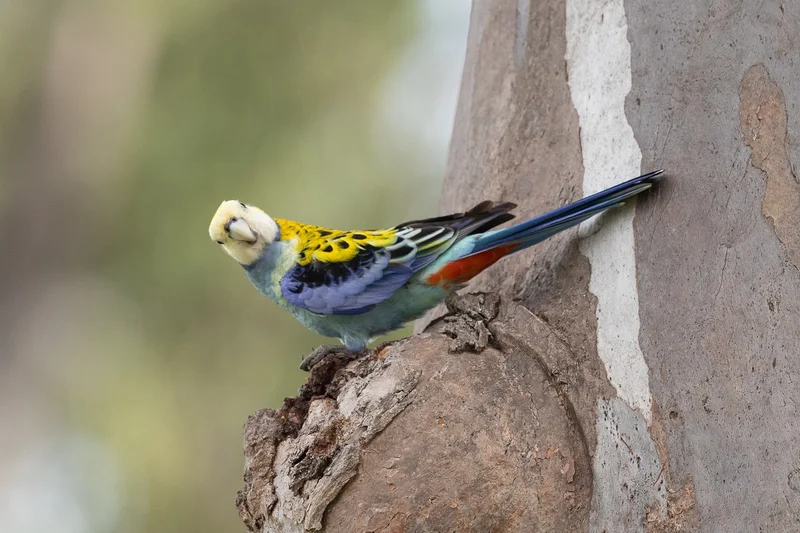How to turn your garden into a haven for native wildlife

Every backyard can be a sanctuary of morning birdsong, basking lizards, butterflies or the croak of frogs just before rain.
Welcoming wildlife into the garden invites a joyous experience, while providing habitat relief to our precious local flora and fauna.
Consider these tips to attract some of the birds, insects, amphibians, mammals and reptiles living on the Sunshine Coast.
Choose native plants over introduced species
Choosing native plants improves native habitat for our wildlife, but also has ramifications beyond your garden.
Two-thirds of all weeds in Australia are escaped garden plants: introduced plants that spread from gardens to displace local natives and reduce biodiversity.
On the other hand, choosing natives at every opportunity improves the native habitat for our wildlife and helps ensure the continued survival of our native plant species.
Find out more about our local natives on the Sunshine Coast Council website.
Create a mix
Seek out plants that will offer different types of food: soft fruits, hard seeds or delicious foliage. A variety of plants helps keep all our native fauna happy.
Ask your native nursery for a mix of plants that flower in each season. Not only will your garden always be in bloom, but it will help guarantee reliable food sources for wildlife all year round.
Provide green hidey-holes
Think about the structure of your garden: are there enough hiding places to shelter small animals?
Providing a complex structure of plants, especially at the ground and mid-storey levels, will make your garden a safe refuge.
Ensure your garden includes plenty of ground cover and shrubs, and spikey plants are especially important.
Embrace the untidy
Why not emulate nature’s beautiful mess? Leave those leaves, sticks, rocks and fallen logs in your garden beds.
This provides habitat for small animals, and a source of food for animals further up the food chain.
Provide water
Safe, dependable water sources will have fauna making regular visits. Provide different types of drinking sites to cater for different species and ensure fauna have an alternate water source if one becomes unsafe due to threats such as territorial birds or domestic cats.
Water sources could include:
- A dish hanging from a tree branch
- A bowl on the ground
- A sealed plant pot
- A water feature
- A pedestal bird bath.
Get hopping on the frog pond
Attracting frogs to your backyard can be a simple matter: a partly buried terracotta pot, an old bathtub or a kid’s pool are all options.

Green tree frogs are commonly found in gardens and can be encouraged to use frog ponds.
To make a welcoming frog pond, ensure:
- A well-shaded position
- Unpolluted water, using only rainwater or water left uncovered in the sun for a week
- Water depth reaches at least 30cm in some areas of the pond
- Clean river sand and pebbles form the bottom of the pond, and larger rocks around the rim
- Logs, rocks or plants ramp out of the water so frogs can exit the pond easily
- Native waterlilies, rushes or sedges are planted into the sand or into pots placed in the pond.
Never use any chemicals near the frog pond, as it can be absorbed through frogs’ thin skin, and never top up the pond with tap water, as the chlorine can be harmful.
Read more about creating frog habitats on council’s website.
Put up a nesting box
Many native species live or nest in tree hollows, but these can be tough for animals to find around residential environments, especially large hollows suitable for kookaburras, possums or cockatoos.
A nesting box attached to a tree in your yard will provide a valuable opportunity for a variety of native fauna.
Find out more
Creating a wildlife friendly backyard